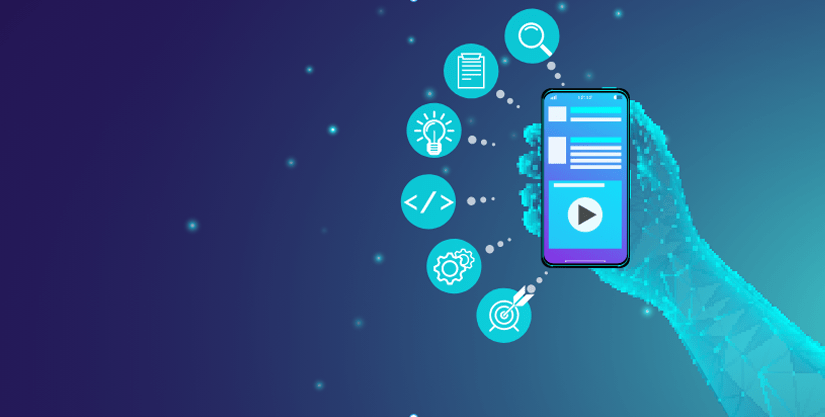1. Do user tests
Once your application is ready, you need to test it. The testing phase is essential. It can represent around 10 to 20% of the manufacturing time. You need to think about the types of tests, create set up the test conditions (the external environment, cameras, microphones, etc.) and take the time to perform them correctly.
User tests can be conduct in different ways, this changes depending on the objectives and constraints of the design project. There are mainly four main categories of tests: in a controlled situation, in a natural context, remotely and in guerrilla mode. These tests allow you to get feedback from your users and thus correct the situation if necessary so that they have the right information, at the app development dubai.

2. Create the graphic identity of your application (graphic charter, logo, font, etc.)
Once the mockup phase is complete and the mockup is correct, comes the formatting phase. The mockup phase can be similar to UX while the formatting is more user interface orient and therefore relative to the UI. The goal of this phase is to move from the low-fidelity mockup to the high-fidelity mockup. This involves choosing the size and color of the font, the graphic charter, the color of the CTAs. But also the exact placement of the information.
The UI designer’s mission is to create a pleasant and practical interface that is easy to use. Thus, UI design is part of UX design, in that it works to give the best possible experience to the user.
Focuses more particularly on perceptible elements: graphic elements, buttons, navigation, typography, etc.
- Command line interface is a device in which the user can enter sentences corresponding to the operations to be perform;
- Graphical interface is a device in which the objects to be manipulate are present in the form of pictograms on which the user can imitate physical manipulations with a mouse;
- Natural interface is a communication interface between man and machine that must be imperceptible. Communication is similar to human language;
- System interface is a device that allows the user to control an operating system;
- Tangible interface is an interface with which the user can interact with the machine using physical elements;
- Textual interface uses semi-graphic characters to display menus, dialog boxes, messages or any other element intended for the user;
- Web interface is a graphical interface of a web application. It is manipulate using a web browser.
3. Create a marketing plan
There are nearly 2 million applications in the iOS App Store. In order to make sure your app gets seen, you need to have a plan to application development dubai it to the right audience.
Nowadays, a lot of marketing work is done before the app launches! Your business mobile app will need to be known to everyone before its release. Your employees will need to be ready to use it as quickly as possible. For example, creating a mailing list before launch is a common practice these days, as is leveraging paid marketing to promote your app.
If you already have a presence on the web, you probably have a large customer base. Use this database to send a newsletter to all your existing customers. Plan everything with your marketing manager so that an email campaign is send before the launch and another when the app is officially launch. Don’t neglect the database of potential customers built up thanks to the emails collected via your launch page that we talked about earlier.
Don’t neglect post-launch marketing. To do this:
- Write a press release for your app; they are inexpensive and can attract the attention of readers of some online newspapers and magazines;
- Do paid marketing to really give your app a boost;
- Email your pre-launch email list: Once you have launched, don’t forget to let everyone know! Email your subscribers and update your audience;
- Hurry up and spread the word: No matter what industry your app is in, find relevant forums, Facebook groups/pages, etc. to promote your app!